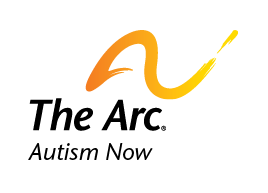Website: The SCERTS Model
This website links you to information and answers to frequently asked questions about the early intervention model, SCERTS.

This website links you to information and answers to frequently asked questions about the early intervention model, SCERTS.
This article found that age and time spent in sedentary activities did negatively impact the amount of physical exercise youth with autism spectrum disorder did; however, the role of the parents did not seem to impact children.
This academic study evaluated a particular type of intervention that uses a group of fictional peers who eat and discuss the benefits of eating fruit and vegetables, rewards children for eating fruits and vegetables and more.
This report describes the programs and projects as well as the expenses that the Federal government has made to provide research surrounding autism spectrum disorders and services developed to benefit people with autism spectrum disorders.
This membership organization is composed of individuals who hold interests in fields such as philosophy, science and behavior analysis.
This presentation, by Mesibov for the Southern Legislative Congress, provides information about Division TEACCH, a program that assists individuals with autism and their families.
This research brief, by staff at the University of Washington, addresses incidental teaching geared towards young children with autism.
This article, by Christina M. Corsello, PhD, reviews existing early intervention programs with an emphasis on those offered to children from birth to age 3.
The Koegel Autism Center of the University of California, Santa Barbara conducts research and trainings.
This article reviews comprehensive treatment models, which are interventions like the Denver Model, the Lovaas Model, Walden Model that occur over a long period of time, have multiple components and steps, and time requirements.